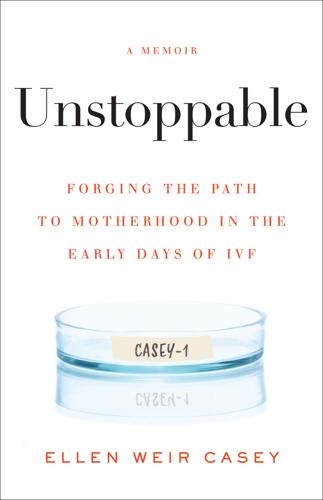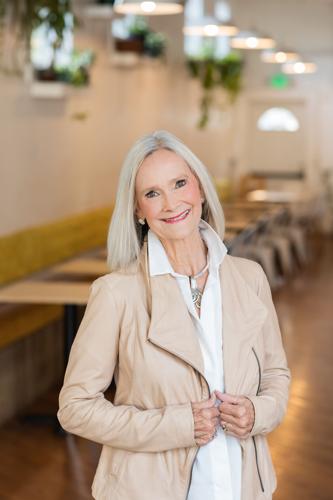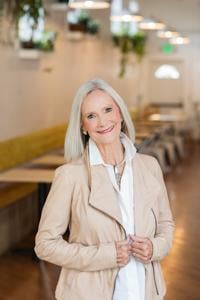More than 40 years ago, infertility was a verboten topic, and in vitro fertilization was the stuff of science fiction.
When Ellen Casey hit up against the fraught issue after an experimental IUD in her 20s left her fallopian tubes blocked, she took the matter into her own hands. Nothing would stop her from fulfilling her lifelong desire to have a child. That dogged determination paid off. In 1983, after three years of multiple surgeries and one miscarriage, she gave birth to Elizabeth, Colorado’s first “test tube baby,” who was conceived through IVF.
That baby is now 38 and has her own 3-year-old child, and Casey has given birth once more, this time to a memoir, “Unstoppable: Forging the Path to Motherhood in the Early Days of IVF.” Released a month ago, it’s already a bestseller on Amazon.
“It’s the only account of what a woman patient went through during the earliest days of assisted reproductive technologies,” said Casey, a Colorado Springs resident. “I also believe very strongly young women today need to know the stories of the pioneering women who went before them and who opened doors for them. Young moms now say we’ll just try IVF, but that wasn’t an option in those days.”
With no internet in the late ‘70s and ‘80s, Casey’s journey to have a baby began in the basement of Penrose Library, where she spent hours combing through microfiche and medical journals, searching for the newest techniques that might help unblock her fallopian tubes in order to conceive. She found a Vancouver doctor who used microsurgery to unblock one of her tubes and got pregnant immediately. It was an ectopic pregnancy, though, where the fertilized egg grows elsewhere than the uterus. In this case, it was Casey’s fallopian tube, which burst, causing her to almost die. Undeterred, she went back to the library for more research.
A Hartford, Conn., doctor performed unheard of at the time laser surgery to open her other fallopian tube, which later resulted in an infection and the complete loss of the tube. There was now no possible way for her to get pregnant naturally. She and her husband started the adoption process. By this point, she’d heard about Louise Brown, the first baby born through IVF in Britain in 1978, but never expected there would be another such baby. Then came Elizabeth Carr, the first U.S. baby born through IVF.
“She was born and I knew I would have a child,” Casey said. “I thought if there is one program in the U.S., there will be more.”
Her Springs doctor guided the kindergarten teacher to apply for the second authorized test tube baby program in the U.S., at the University of Texas. She was accepted. The first round of IVF failed, but the second worked.
Naturally, Casey made headlines in the media, and remembers the incredulity about her experience. With a 10% chance to have a baby through the new method, people couldn’t understand why she went through the physical and emotional hardship.
“Ten percent is better than zero, and I was thrilled to have this chance,” she said. “It was this wonderful group of scientists and OB-GYNs around the world who were consulting with each other. It was a very exciting time in science and I was part of it.”
Nowadays in the U.S., more than 55,000 women every year give birth to a baby conceived through assisted reproductive technologies, according to an article last year in The New York Times. Altogether, more than 8 million babies have been born through IVF around the world, reported RBMO, an online reproductive biomedicine journal, in 2019.
After finishing her book, Casey looked back and thought, “How did that poor girl survive this?” But she knows it was all worth it, not only to have her child, but to also be a figurehead in women’s history. When women going through infertility approach her, she advises them to stay positive and keep trying.
“It’s always my hope they will have the happy ending I did,” she said. “I tell them to be careful and do their research and go to the most successful programs with the most reputable doctors. I hope the women reading this will have hope and look at my guts and say. ‘I can do this, too.’”
Contact the writer: 636-0270








 Your Privacy Choices
Your Privacy Choices